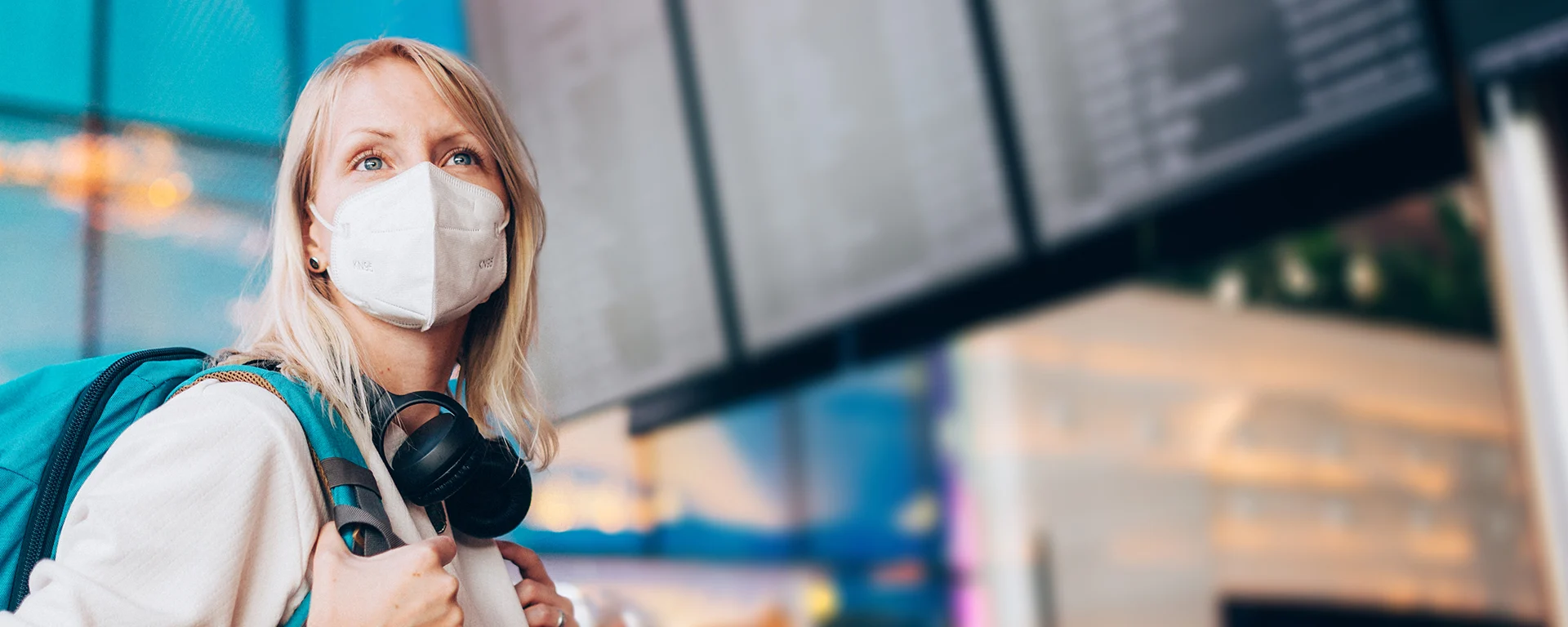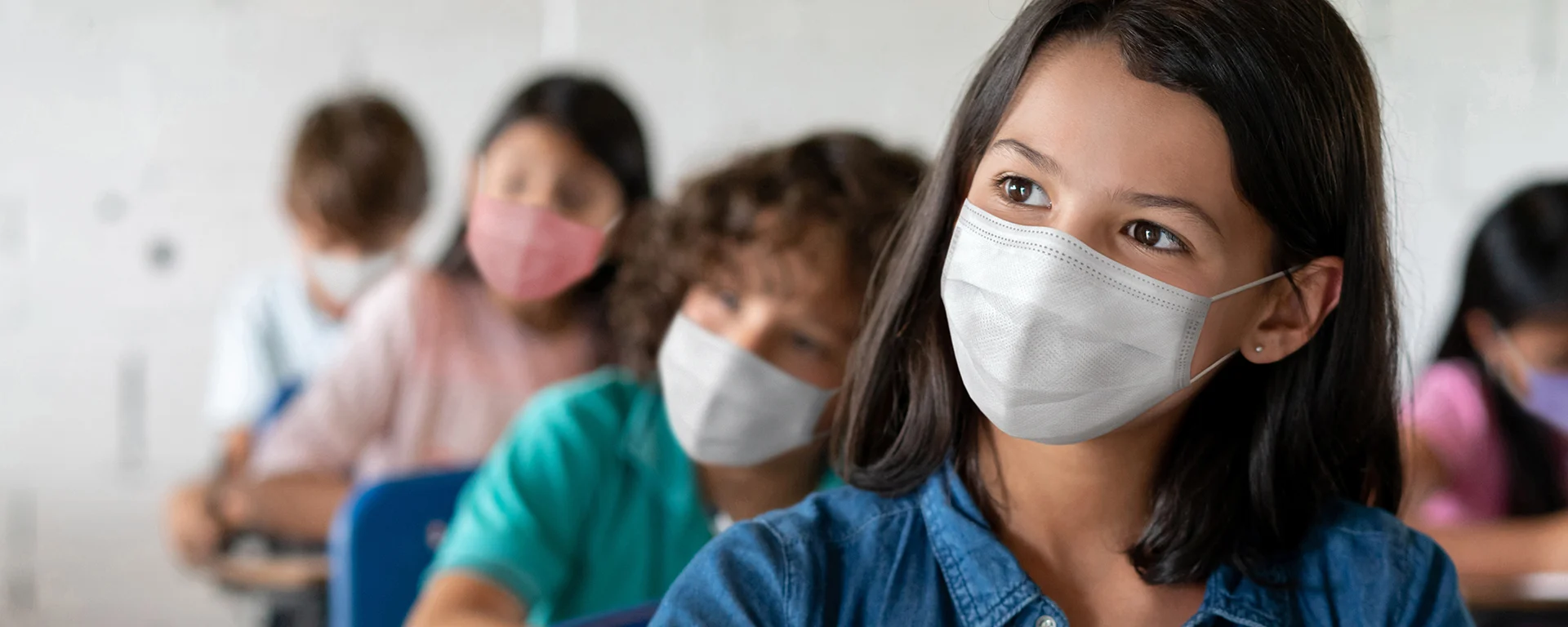Work More COVID-Safely — Manufacturing
These days, work on the line doesn’t stop for COVID-19 surges. But you can still keep yourself COVID-safer by taking a few simple steps.
December 2022: Whenever you test yourself for COVID at home — whether you’re positive or negative — you should report your result. The results are kept private and anonymous. Every test that gets reported helps public health teams better understand where outbreaks are happening, so they can get help to people who need it.
Manufacturing facilities were hit hard with COVID-19 outbreaks. In fact, Reuters found that nearly 90% of meat processing plants had outbreaks in the pandemic’s first year. It’s not surprising. With no masks, no available vaccine, no improvements in air cleaning, and with hundreds of people packed together in a factory or plant, the virus was bound to spread.
Fortunately, we now have vaccines, which reduce the risk of catching and getting severely sick from COVID-19. However, during COVID-19 surges, employees in factories and plants may still have concerns about going to work. While some employers have put in place anti-COVID measures such as improved ventilation, air cleaning, and/or regular staff testing, many others have not. Nevertheless, there are steps you can take to reduce your chances of catching COVID-19.
Understanding Your Risk
There’s no way to know exactly what your chances of catching COVID-19 at work are, but these five categories can give you a sense of whether your workplace is very risky right now.
Level of virus in the community — This is the most important factor. If there is a lot of virus in your community, it’s more likely that one of your coworkers will be infected and spread it to you. You can check your county’s COVID-19 Community Level here.
Masking — If you and your coworkers are wearing masks, it’s less likely that an infected person will spread the virus to you.
Ventilation — Clean air makes a huge difference. The virus is more likely to linger and spread around in places that have low ceilings and no good source of fresh air. That makes a place like a small boutique bakery with an old HVAC system and no windows more risky than a large distribution facility with good airflow.
Number of close contacts — The more people you interact with during your shift, the more likely it is that at least one person is contagious.
How long the contact lasts — If you spend a lot of time shoulder-to-shoulder with an infected coworker, the more likely you are to catch COVID-19 from them. If you move around a lot during the work day and don’t spend a lot of time close to any single individual, you’re less likely to catch the virus.
Protecting Yourself
Even if your workplace puts you at higher risk of being exposed to COVID-19, there are a few simple steps you can take to reduce your chances of becoming infected:
Vaccination — If you’re up to date on your COVID-19 vaccinations, you’re less likely to become infected, and much less likely to get seriously ill. Your employer should support your efforts to keep up with all of your vaccines.
Wear a high-quality mask — Even if other people aren’t wearing masks in your workplace, wearing one will still help keep you from getting infected. Higher-quality masks such as N95s or KN95s work the best, and the better they fit your face, the better they will work. Project N95 is a nonprofit that checks the quality of all of their products. Your employer can purchase masks in bulk there, too.
Limit contact with others if possible — While it may be difficult to avoid close contact, you can still try to reduce contact. Consider eating lunch in smaller groups or outside, if possible. If you can, limit how long you spend very close to other coworkers, especially unmasked.
Practice good hygiene — Although COVID-19 rarely spreads through surfaces, washing your hands helps reduce the chance that other viruses will infect you.
Finally, you can encourage your employer to put more anti-COVID policies in place, including regular testing of employees to reduce the risk of an outbreak. A good place for them to start is WhenToTest’s Workplace Testing Planner, which can guide an employer on how to set up a customized testing program that works well for their situation.






